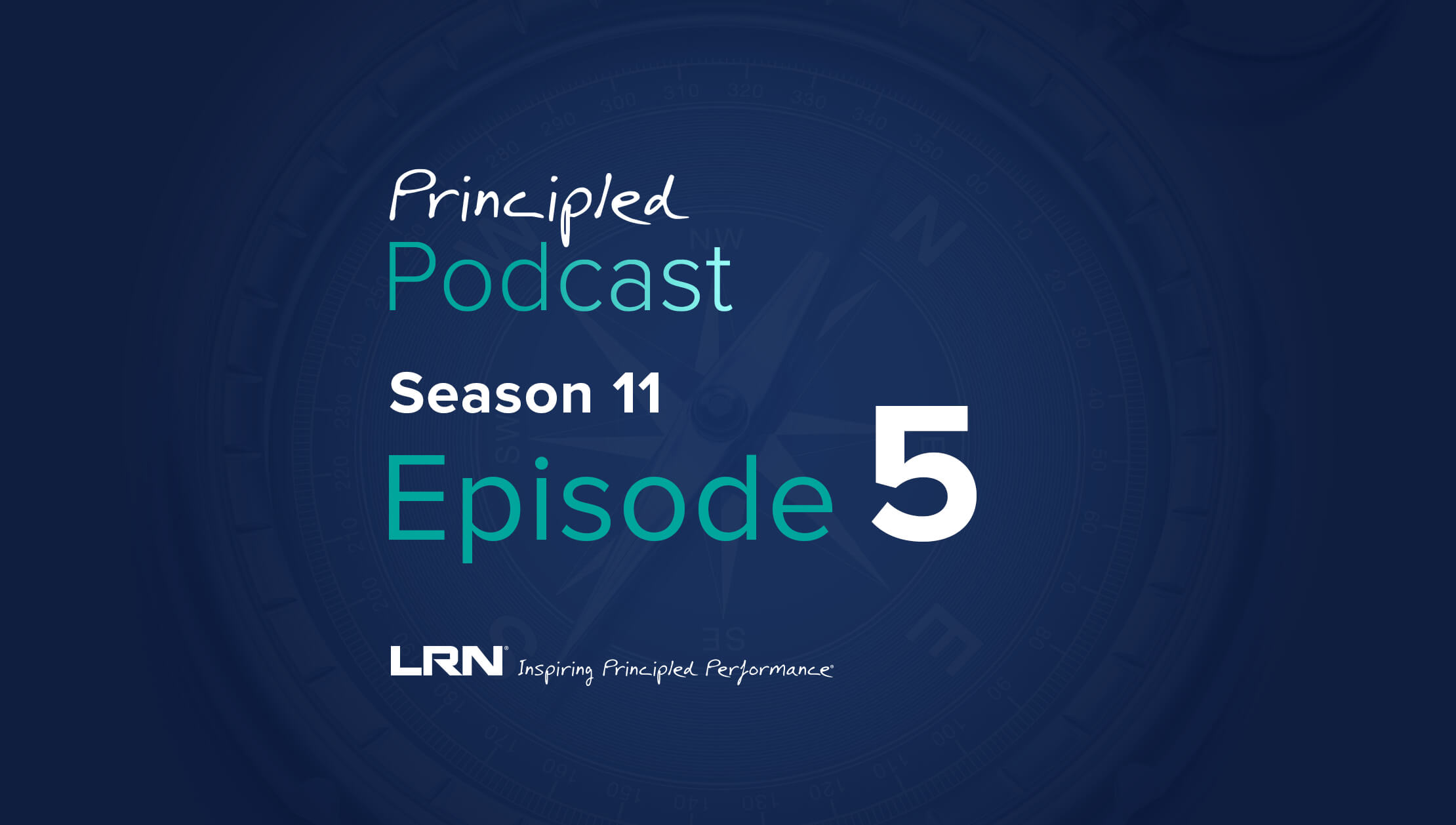Having effective and engaging anti-harassment and discrimination training is a must for any workplace, whether you’re looking at prevention and risk mitigation or are addressing a recent non-compliance. But how much does anti-harassment and discrimination training cost? When conducting your cost analysis of anti-harassment and discrimination training, it’s important to bear mind these three factors: delivery method, content refresh and customization, and internationalization. Let’s take a closer look at how each of these areas can impact training cost, and what questions you should ask when assessing a training provider.
Delivery method of the anti-harassment training
The first key factor to consider when evaluating how much anti-harassment and discrimination training costs is the delivery method. There are three common forms of delivering training: building and running an in-house training program, bringing in a legal expert to run a training workshop for your employees, using an e-learning training provider. Let’s take a closer look at each method and how it could incur or save costs.
- In-house program: Building a harassment training program in-house can incur major costs for a couple reasons. First, your organization would be required to stay on top of all the legislation and training requirements in each region where your business operates. Say, for example, that you have offices in Chicago and New York City. Chicago recently introduced new anti-harassment legislation, as did New York. That means your team would have to update your program to reflect both cities’ new laws and training requirements, which is a pretty time-consuming task. Second, because sexual harassment is a topic that organizations train on each year, your in-house program would need a refresh each year to ensure it doesn’t bore your employees or become outdated from a legal perspective.
- Legal expert: Bringing in a law firm or other legal expert to present your harassment training, while engaging and informative, can result in lost productivity. This delivery method often requires many—if not all—of your company’s employees to step away from their work and dedicate an extended period of time to training. This is especially difficult for people who work in production or service roles that require them to be onsite or on the floor.
- E-learning: Using e-learning to deliver harassment prevention training helps keep content short, flexible, and easily customizable. It also enables employees to complete training on their own time, which can boost productivity. Here’s an example: A casino historically had someone come into a break room and run a sexual harassment training session with all employees. Not only was it an expensive ordeal to pull workers off the floor to complete the training, it was also big logistical challenge. LRN recommended the casino move to an e-learning program, which allowed their team members to complete their sexual harassment training during hours when the casino was less busy.
Content refresh and customization of anti-harassment training
As with any learning program, you will want to know the annual harassment training cost. But a big differentiator to look out for between training providers is how often they refresh their content and whether they charge for that refresh. Say a new anti-harassment law is passed: will you have to pay again to have the new version of the training you already purchased?
It’s also important to find out whether they charge you to customize the program, should you have any specific company policies, resources, or messages related to your stance on workplace harassment. For example, it’s best practice to have a harassment prevention training program that lets you tailor the material for different roles and levels of seniority, such as a supervisor versus a line employee. If a training provider considers this a customization and charges a fee, you may want to reconsider using their services.
When reviewing training providers, be sure to ask these questions:
- What is the annual cost of your harassment training?
- How often do you refresh training content? Is there an extra fee for that?
- Do you have training specifically for supervisors and line employees?
- Are there any extra fees for customizing the harassment training content?
- Will there be a fee to refresh the harassment training if a new piece of legislation comes out?
With LRN training—including anti-harassment and discrimination training—all of this comes included in the cost.
International reach of anti-harassment training content
Another consideration when choosing an anti-harassment training vendor is the internationalization of their content, which includes a few key components.
- Having market-specific legislation for the regions in which your business operates. Sure, the foundation of your training program should have a universal standard of ethical conduct; what is acceptable behavior in your US office shouldn't be that different from what is acceptable in your UK office. But India, for example, has a specific piece of sexual harassment legislation that training is required to cover companies with offshore operations in the region. States like Connecticut and New York have a two-hour harassment training requirement while other states have a one-hour requirement. If you cannot differentiate your training by market, you're going waste people's time if they are going through legislative requirements that do not apply to the region where they live and work.
- Making training available in the local market language. This might seem like a no-brainer: if you conduct harassment prevention training in Germany, you’re legally mandated to make the training available in German. But high-quality localizations of training content makes a big difference in getting your training to stick with employees. While many training providers do make their training available in multiple languages, most often do not translate their content well.
- The internationalization of training content. If your organization is global, having sexual harassment training that uses exclusively American analogies or imagery will unlikely resonate in another country. It’s best to present information in a way that’s globally understood. Internationalization also applies to any voiceovers in training content. While many areas of the world speak English, LRN has found that employees outside the US can be less engaged if they hear their anti-harassment training delivered in an American accent. It can give off the air that the company is administering a boilerplate US program rather than one specific to the office’s region. Making training content available in UK English, both in terms of the spelling and the voiceover, can help your international employees take the material more seriously.
When reviewing training providers, be sure to ask these questions:
- Does the training have market-specific legislation for the regions in which my business operates?
- Does it cover all the various US states with anti-harassment training requirements?
- Is the training available in the local market languages I need?
- Is the content of the training international in presentation?
The key takeaway
Asking the above questions can ultimately help you determine the cost of developing your anti-harassment and discrimination training program and how to choose an ethics and compliance training provider. But perhaps the most important consideration in creating harassment prevention training is to remember that most employees want to build a workforce where everybody feels safe to be themselves. Training should give them the knowledge and tools to look out for each other and do the right thing.
To learn more about how to identify and prevent harassment in the workplace, request a demo of LRN's newly designed anti-harassment, bullying, and discrimination training.



